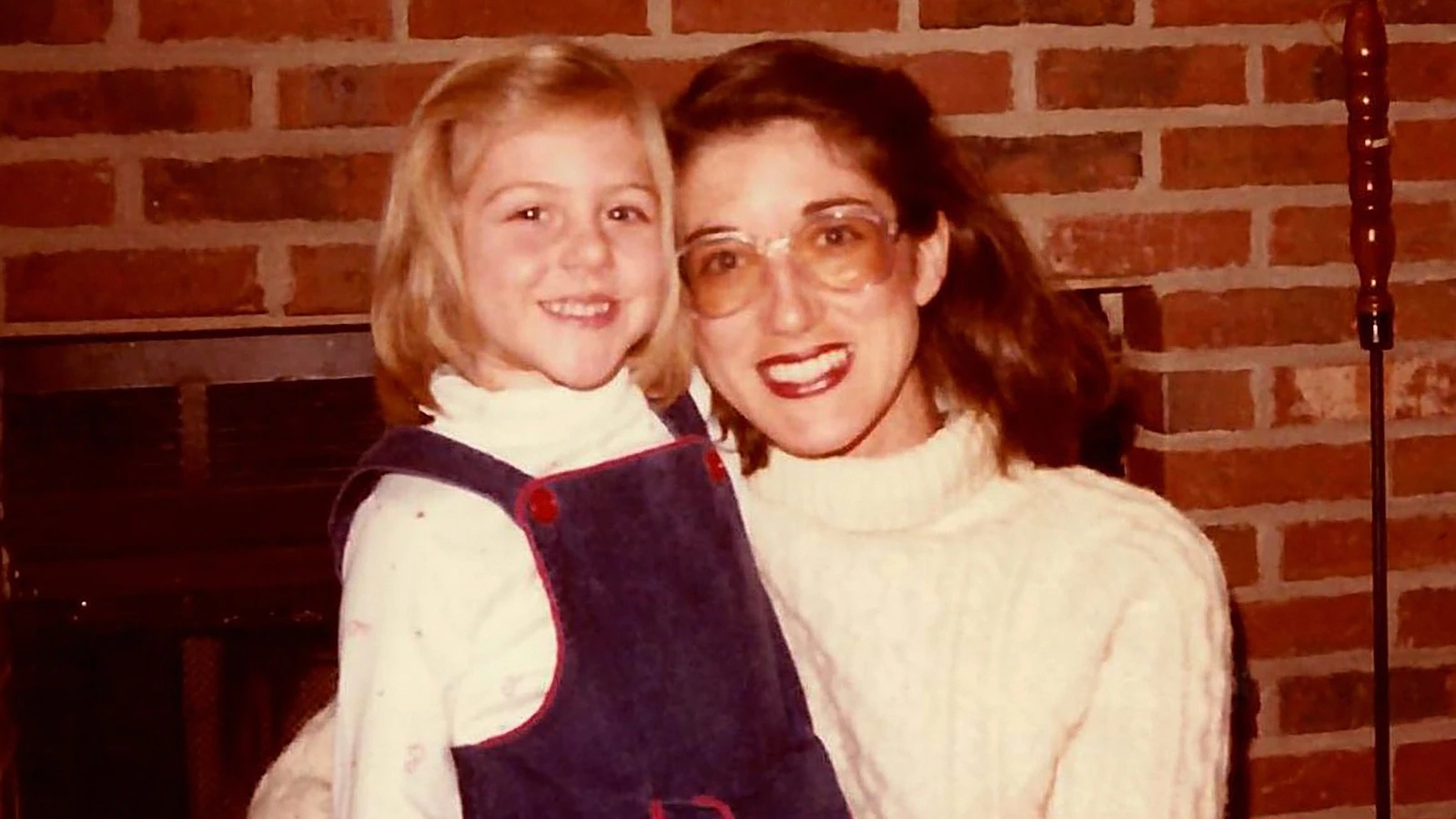By Claire Lempert
Copyright go

Detective Tara Augustin, a longtime member of the Montgomery County Department of Police in Maryland, always wanted to work on cold cases.
“Throughout my whole career, my goal was to get to the cold case unit,” Augustin told ABC News’ Stephanie Ramos for “20/20.” “These are all major crimes. They’re either homicides or rapes and there are ones that haven’t been able to be solved. And I like the challenge of trying to look at everything with fresh eyes.”
In 2022, Augustin got her chance when she was transferred from robberies to the cold case unit, joining forces with another veteran officer, Detective Alyson Dupouy.
The pair were soon assigned to the 2001 murder of Leslie Preer, a 49-year-old mother and wife from the affluent Chevy Chase suburb of Washington, D.C., who had been killed in her home. The murder, which rocked the quiet neighborhood and haunted those who loved Leslie, remained unsolved for over two decades.
From the onset of the investigation, Augustin and Dupouy said they made a point of staying connected with Leslie’s daughter, Lauren. She had an incredibly close relationship with her mother, whose death caused devastation and cast a cloud of suspicion over her late father, Carl “Sandy” Preer. He died in 2017.
“Doing this job, I want to help people. When you’re in the cold case unit, you get to reconnect with families who otherwise probably have [been] feeling like they’ve been forgotten by the police department,” Dupouy told “20/20.”
Augustin and Dupouy re-examined evidence from the original case file. Leslie had been discovered deceased in her upstairs bathroom, with the autopsy listing her official cause of death as blunt force trauma.
One of the challenges of cold cases, Augustin explained, is not “tak[ing] the original viewpoints of the investigators that looked at it before … you have to take a step back and say well let’s just look at the facts.”
For years, the community and investigators speculated Leslie’s husband, Sandy, may have been the perpetrator of her violent and shocking death.
In the original event report, neighbors reported uncharacteristic behaviors at the Preer home leading up to the discovery of Leslie’s murder. One neighbor told Montgomery County police that the night before Leslie was found, “he viewed the Preer house and noted that ‘every light was on in the house,’ but the drapes were all closed. He felt that was unusual.”
Just days after Leslie’s murder, Sandy was interviewed on tape and admitted that his marriage was strained.
“Leslie was an absolute love, beauty, when she didn’t drink … She would have a lot. And in all honesty, it’s one of the reasons why I’d kind of come home late because … it was getting hard to deal with,” he told investigators in an interview recording obtained by “20/20.”
When asked about the evening before Leslie’s death, Sandy told investigators he had been running errands including stopping at the dump and visiting three stores to find a battery charger. Dupouy told “20/20” that Sandy’s behavior was “just a little bit suspicious. It seemed like he was trying to create an alibi for himself.”
In addition to the neighbors’ suspicions and the revelation that the couple had been arguing, Sandy agreed to participate in a polygraph test which he failed. However, Augustin noted that polygraphs are “tricky.”
“They’re an indicator that the person is having a response in their body, a physical response to whatever questions are being asked,” she said. “And I can see how he would’ve failed because it’s a very stressful situation and the police think that he killed his wife.”
As they examined the old case file, Augustin and Dupouy theorized the prior investigators “were trying to find a reason why Sandy was acting so suspiciously, because a lot of his movements, a lot of his reactions, the failed polygraph, they were all mounting up to probable cause.”
However, one piece of evidence did not fit this theory: two months after her death, forensic test results determined there was male DNA found under Leslie’s fingernails, and the DNA was not a match to her husband Sandy.
The case then sat unsolved for years, until recent advances in forensic genetic DNA technology would become critical to this investigation. This budding technique involves comparing DNA samples to those accessible on public genetic databases which law enforcement is permitted to access.
“They’ll give you a list of profiles that are in these systems that have a certain degree of relatedness to the suspect’s DNA profile” Augustin said. “Sometimes it can be thousands of people [and] it can be a very, very distant relationship.”
After receiving an enhanced DNA profile from Othram, a genetic genealogy company, the investigators begin analyzing and building intricate family trees to understand the relationships and proximity to their DNA sample. For a year and a half, the detectives first approached a large volume of low-match DNA results which could be traced back to existing American family trees.
Their curiosity grew after the highest DNA match was found linked to a family line in Romania.
Augustin recalls how in June 2024, she searched through publicly available records and articles about the matching Romanian family line. She soon stumbled upon the last name Gligor, which was a memorable name from the original case file.
The detective combed through the original reports again, connecting the last name “Gligor” to Eugene Gligor, Leslie’s daughter’s high school boyfriend. Using the family trees they had built, detectives determined Eugene was a first cousin twice removed from the genetic genealogy match found in Romania.
Since Gligor’s DNA had never been entered into a law enforcement database like CODIS (Combined DNA Index System), detectives had to test their suspicions by collecting a sample of his DNA to match back to the sample found at the crime scene.
A week later, Augustin and Dupouy enlisted the help of customs officials at Dulles Airport to collect a DNA sample from a discarded water bottle from which Gligor had taken a sip. Within a week, DNA tests confirmed: Gligor was a match to the DNA collected under LeslieŌĆÖs fingernails.
The detectives prepared their arrest warrants and sent the U.S. Federal Marshals to arrest Gligor at his apartment in Washington D.C. He was subsequently extradited to Maryland and brought to Montgomery County to face charges in connection to Leslie’s murder.
While Gligor initially denied any involvement in the case during interrogations with Augustin and Dupouy, he pleaded guilty to second-degree murder in May 2024.
Perhaps the most gratifying aspect of the investigation for the detectives was clearing Leslie’s husband of any involvement in the murder. Augustin noted how the arrest had a profound impact on her daughter Lauren.
“Over the couple of years that I worked on the case, we became close with the family” she said. “It was a sense of closure and just rewarding, letting them know we got the guy and we didn’t forget about Leslie.”
Augustin and Dupouy attended Gligor’s sentencing hearing on Aug. 28, 2025, at the Montgomery County Circuit Courthouse in Rockville, Maryland.
There, Gligor told the court that he had experienced blackouts due to drug and alcohol use at the time of the murder.
“I vaguely remember leaving the Preer house in the morning, but the rest is a blur. I know Lauren and Leslie’s family want to know why I was there and what happened. I’m sorry. I’m unable to remember and provide an explanation,” Gligor said.
Prosectors countered the claim of lack of motive in their sentencing memorandum, saying “this is a crime without a motive that the defendant is willing to admit” and “The defendant is unwilling to admit his motive and the full extent of his horrific conduct.”
Judge David Lease sentenced Gligor to 22 years in prison. He has filed a motion asking the court to reconsider his sentence.
After the sentencing, Detective Augustin reflected to “20/20” outside the courthouse.
“Today’s a good day … it’s bittersweet because the family has lost someone that was really great and important to them. But it’s good to see the hard work has finally paid off,” she said.



